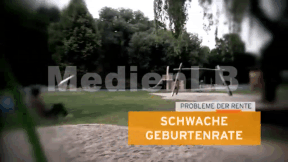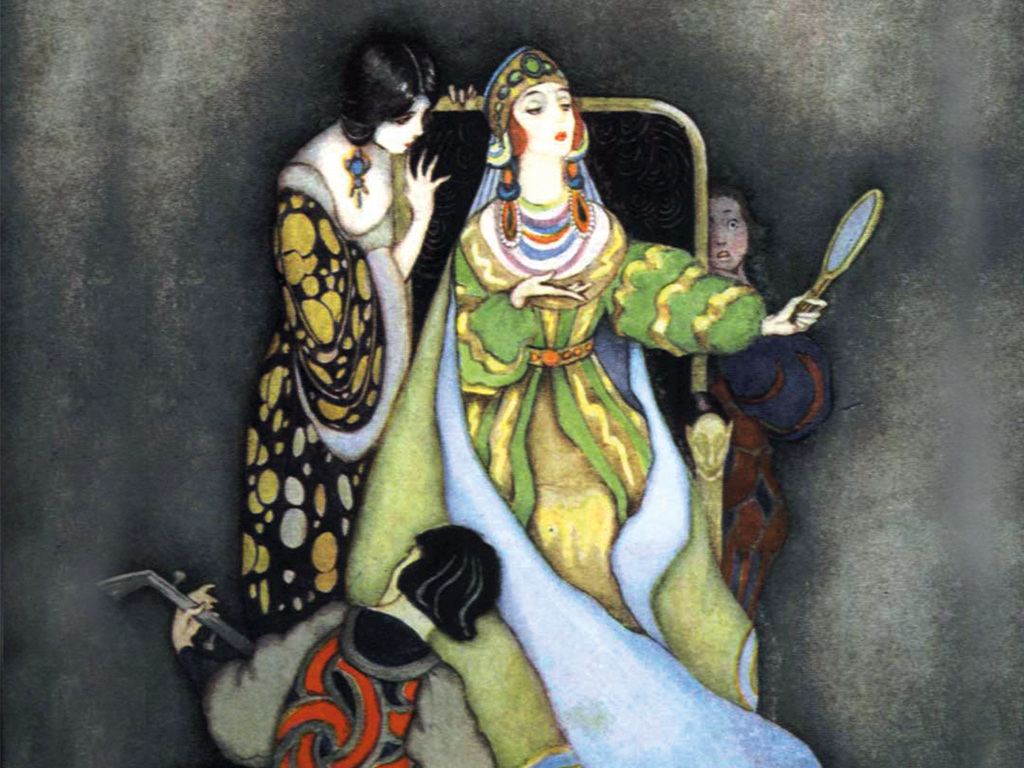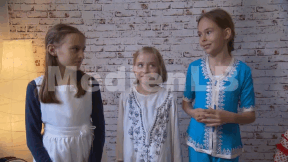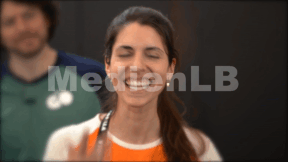 Biologie
Biologie

4679016 / 5565777
Natur erleben
Beobachten, Experimentieren, Protokollieren
Die Naturwissenschaften gelangen zu ihren Ergebnissen durch präzise Beobachtung, durch fundierte Hypothesenbildung, deren experimentelle Überprüfung und Auswertung. Vermittelt werden die Ergebnisse in einem festgelegten Kanon der Darstellung, sei es durch Schaffung eines anschaulichen Modells oder einer detaillierten Zeichnung, sei es durch ein aussagekräftiges Diagramm. Der Film stellt diese naturwissenschaftlichen Methoden anhand einfacher und für Schüler jederzeit nachvollziehbarer Beispiele aus dem Alltagsbereich vor. Die Zuschauer erfahren, wie man ein Herbarium anlegt, worauf es bei einem Waldspaziergang zu achten gilt, aber auch, wie man den Stärkegehalt in Lebensmitteln qualitativ nachweisen kann. In Verbindung mit dem umfangreichen Zusatzmaterial (Arbeitsblätter, interaktive Aufgaben, Testfragen, Glossar) lässt sich die vorliegende DVD hervorragend im Unterricht verwenden. Die mit H5P programmierten interaktiven Aufgaben lassen sich ohne zusätzliche Software verwenden.
Trailer abspielen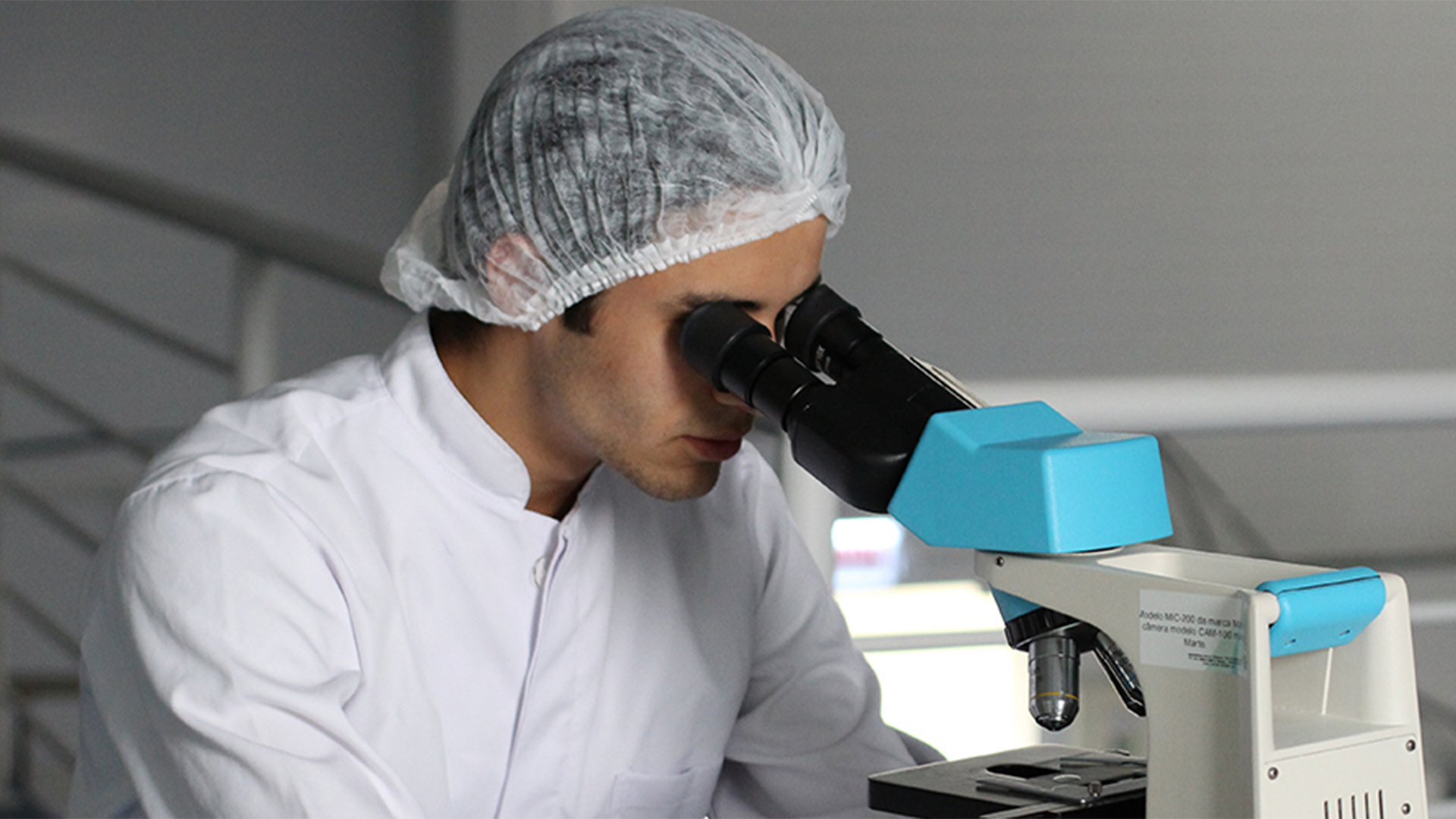
Lehrplanzentral und an den Bildungsstandards orientiert
Passend dazu
Altersarmut
Innerhalb von 52 Jahren hat sich in der Bundesrepublik das Verhältnis von Beitragszahlern für die Rente zu den bestehenden Rentnern um den Faktor 3 verschlechtert. Sind 1962 noch 6 Erwerbstätige für die Rentenzahlung eines Rentners aufkommen, so mussten 2014 zwei Erwerbstätige für die Rentenzahlung von einem Rentner aufkommen. Die Altersarmut in Deutschland steigt. Denn nur wer 40 Jahre ohne Unterbrechung mindestens 2.100 € verdient hat, bekommt als Rente mehr als den Hartz-IV-Satz ausgezahlt. Beschäftige im Niedriglohnsektor oder in Teilzeit können selbst nach 45 Jahren Arbeit nicht von ihrer Rente leben. Vielen Rentnern bleibt nur der entwürdigende Weg zum Arbeitsamt.
Schönheit
Sie entsteht im Auge des Betrachters, dennoch ist sie messbar. Es gibt sie innen wie außen.





